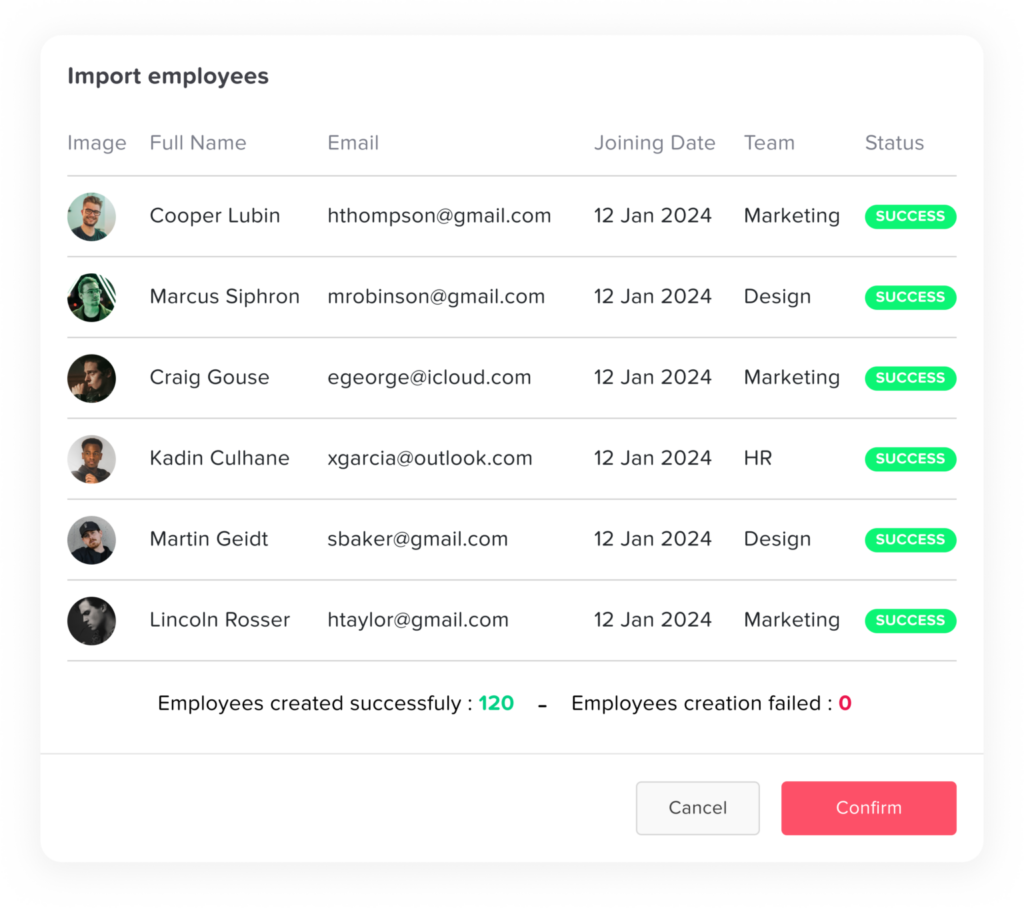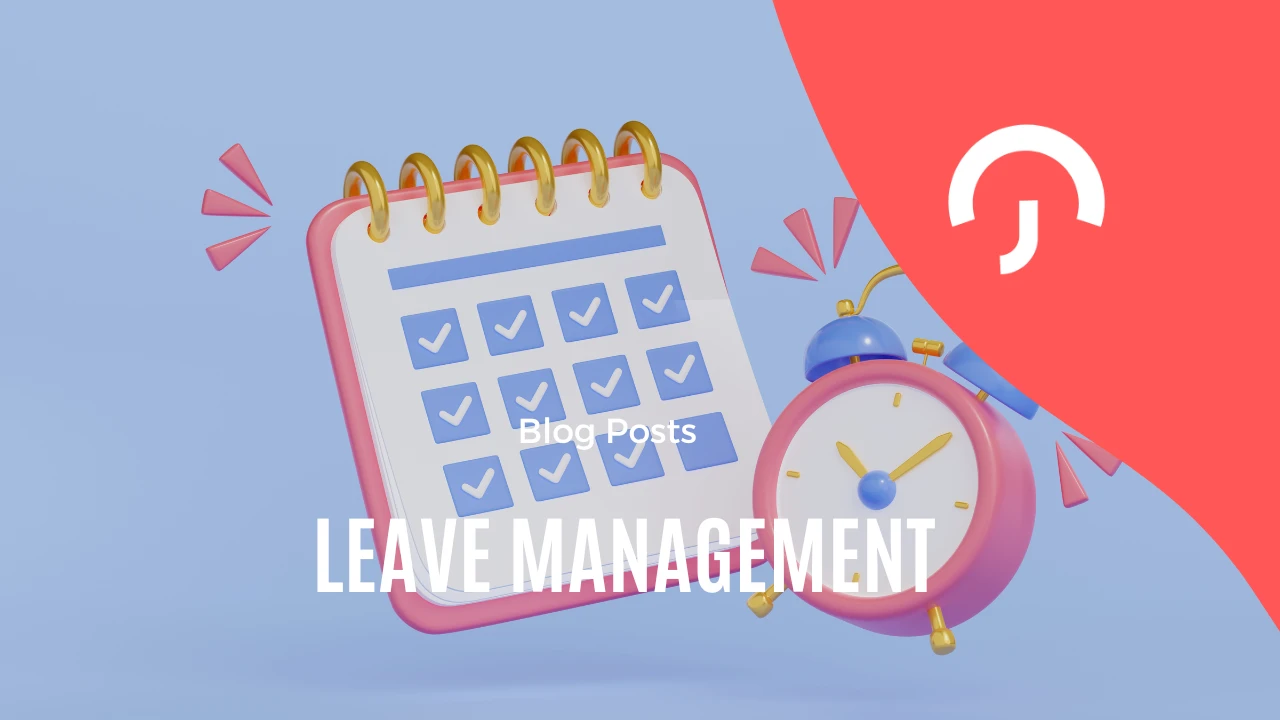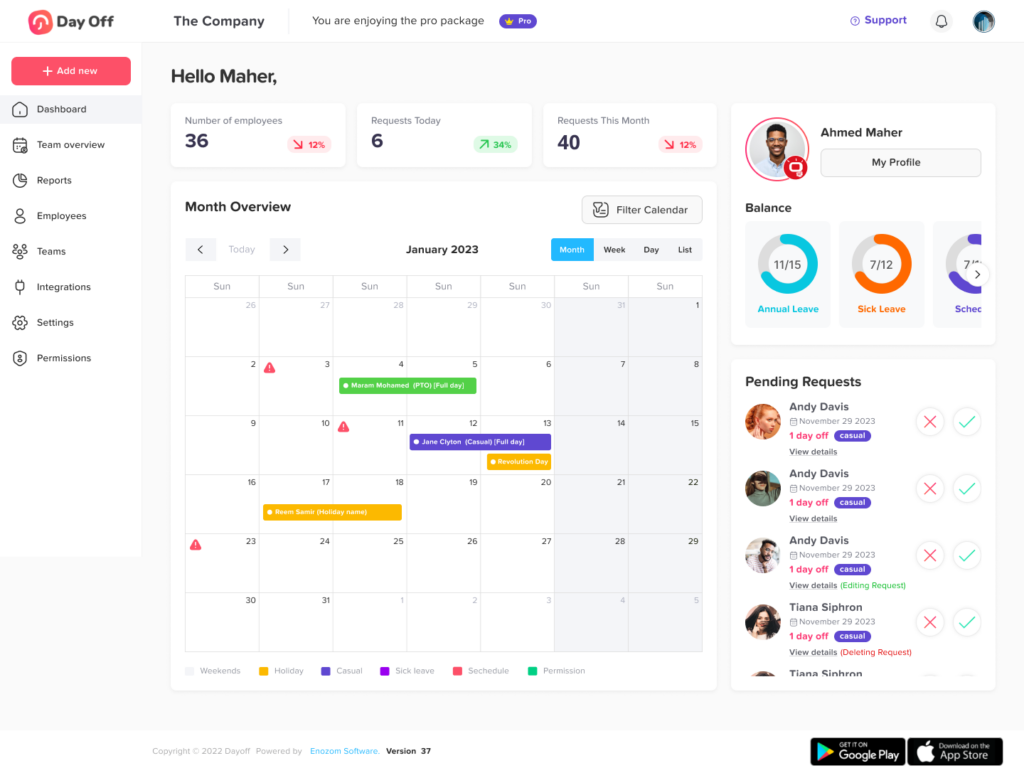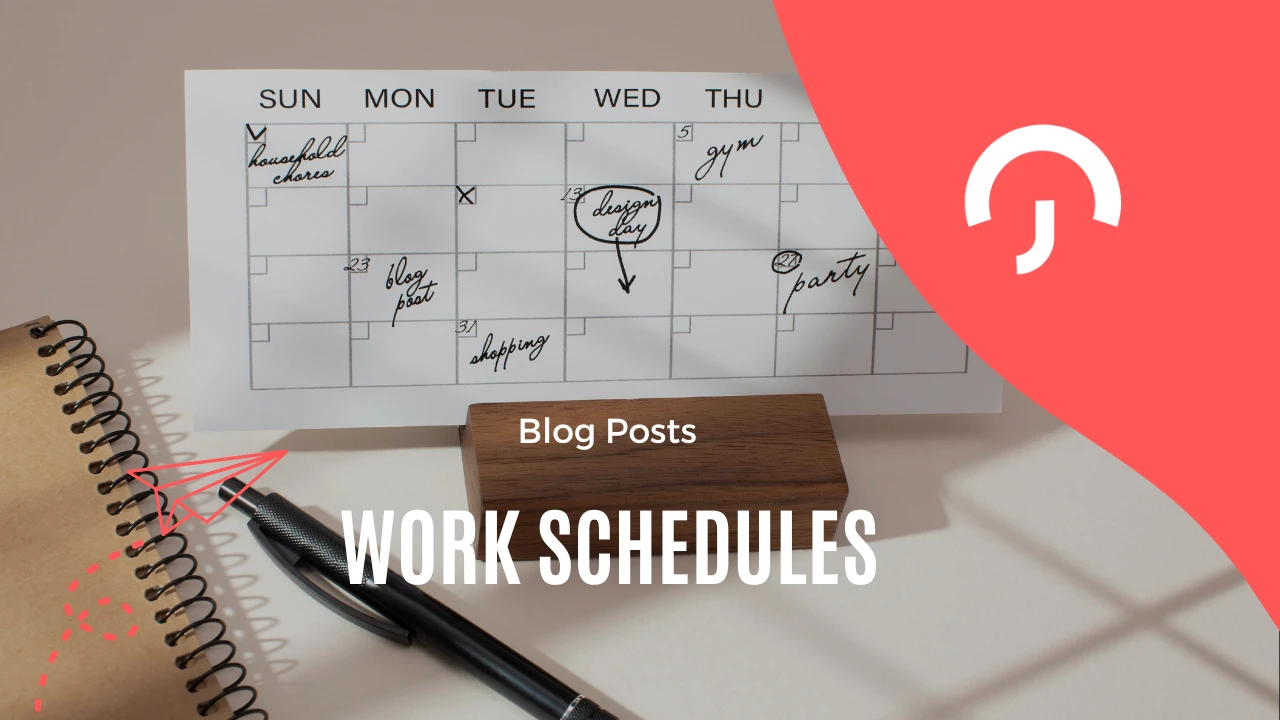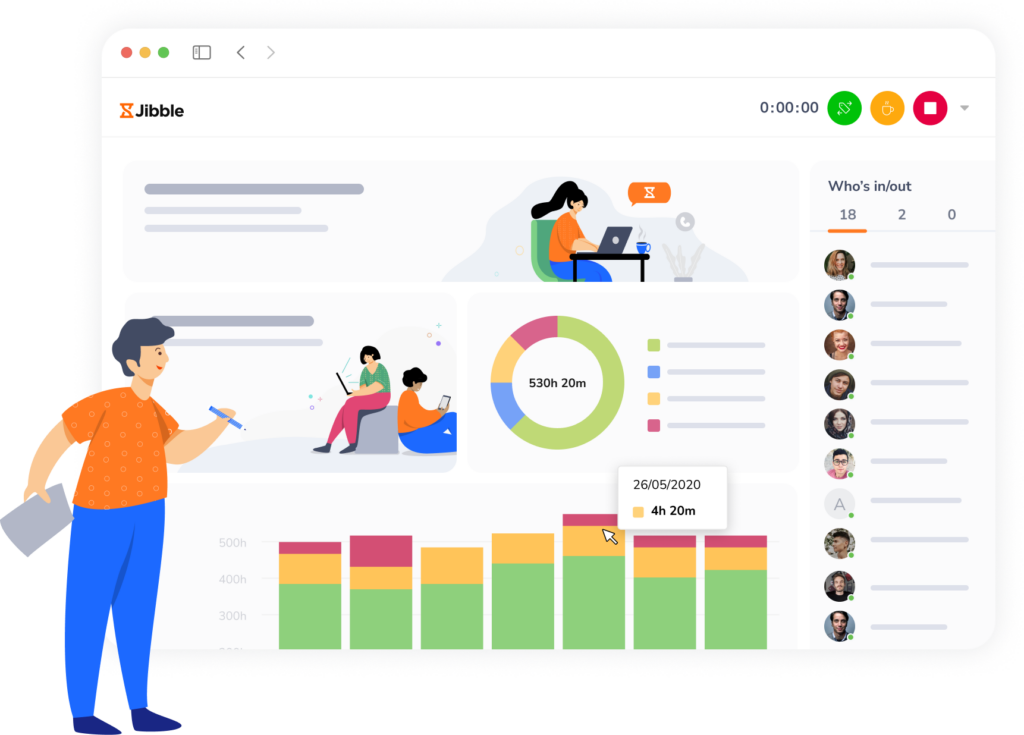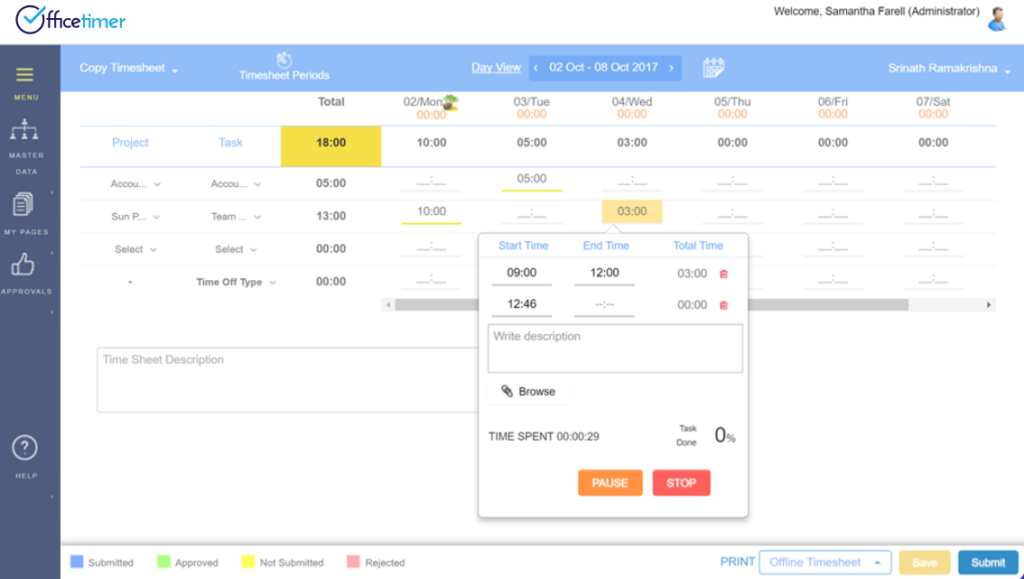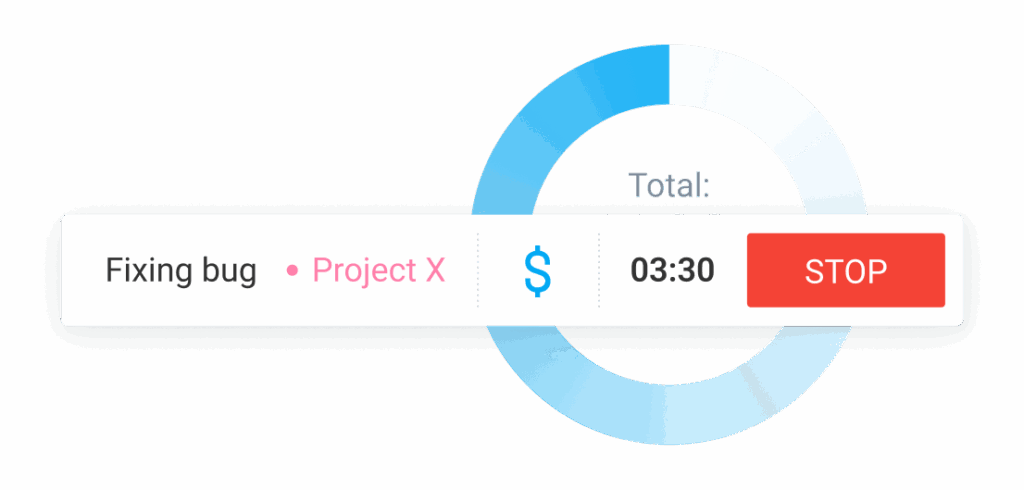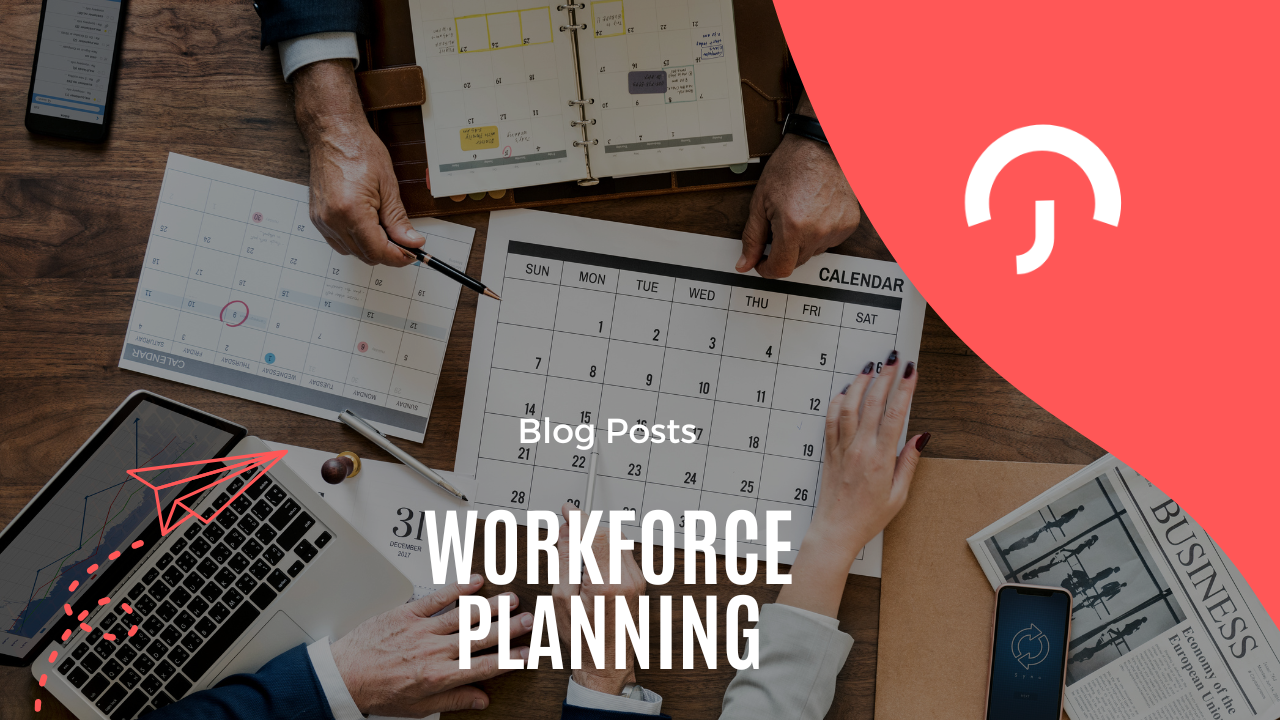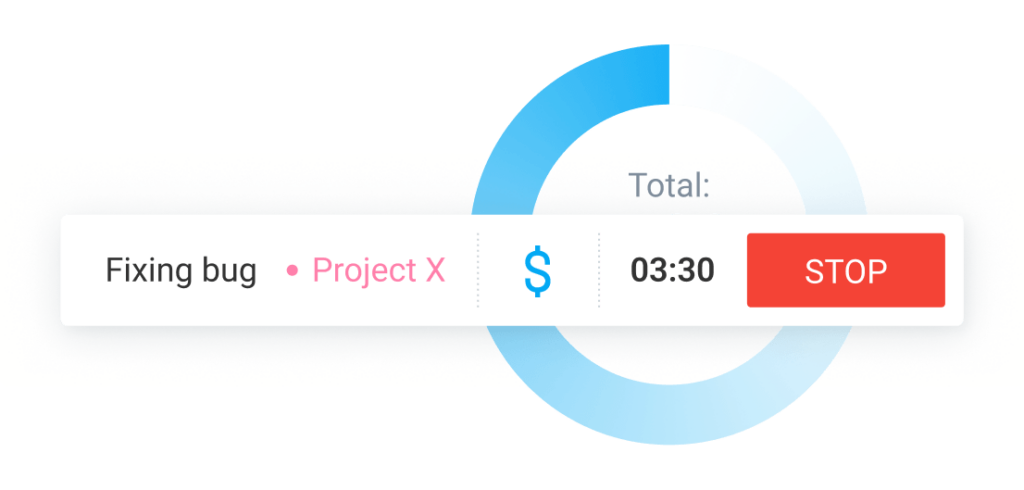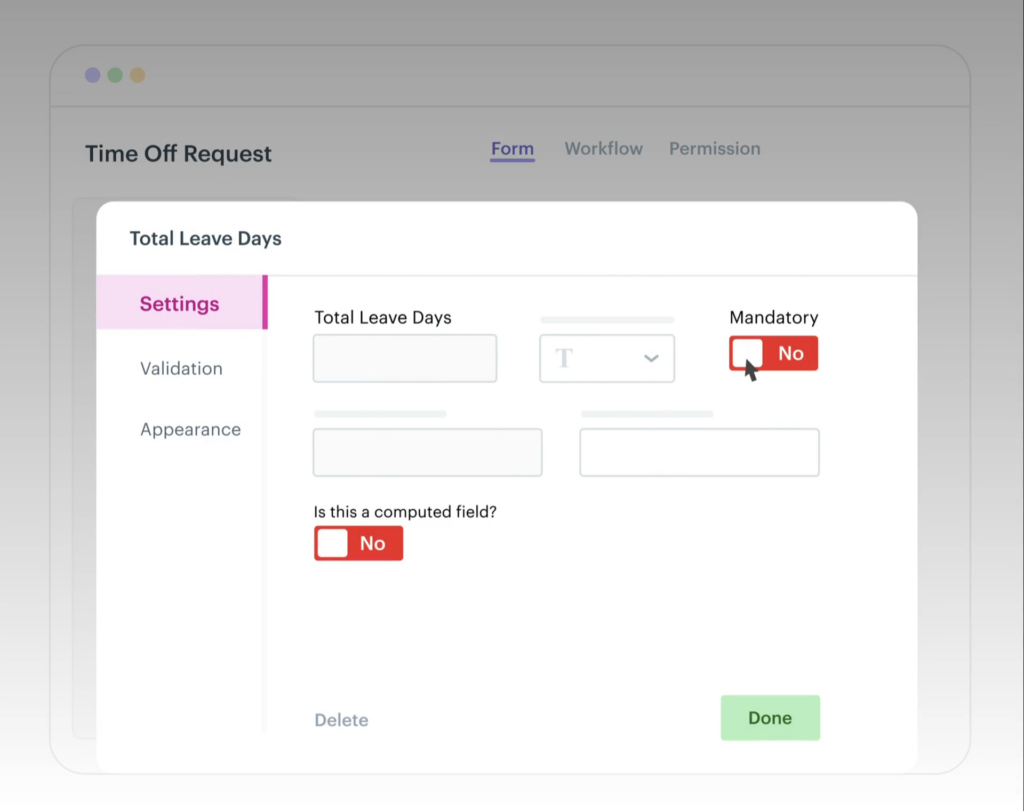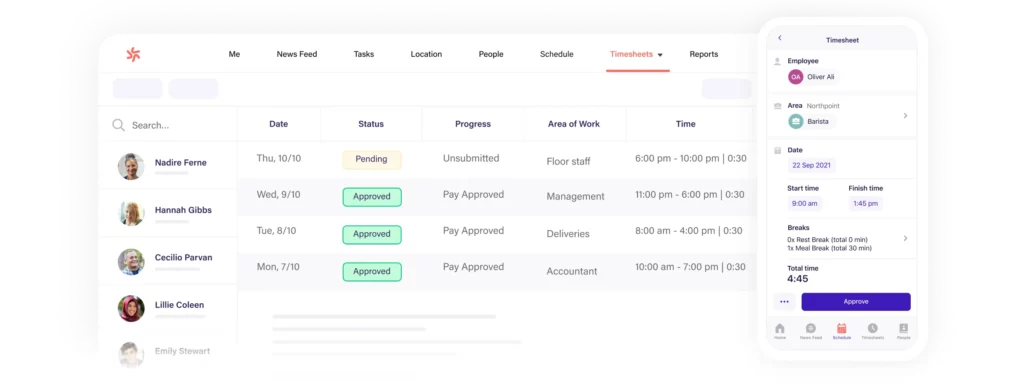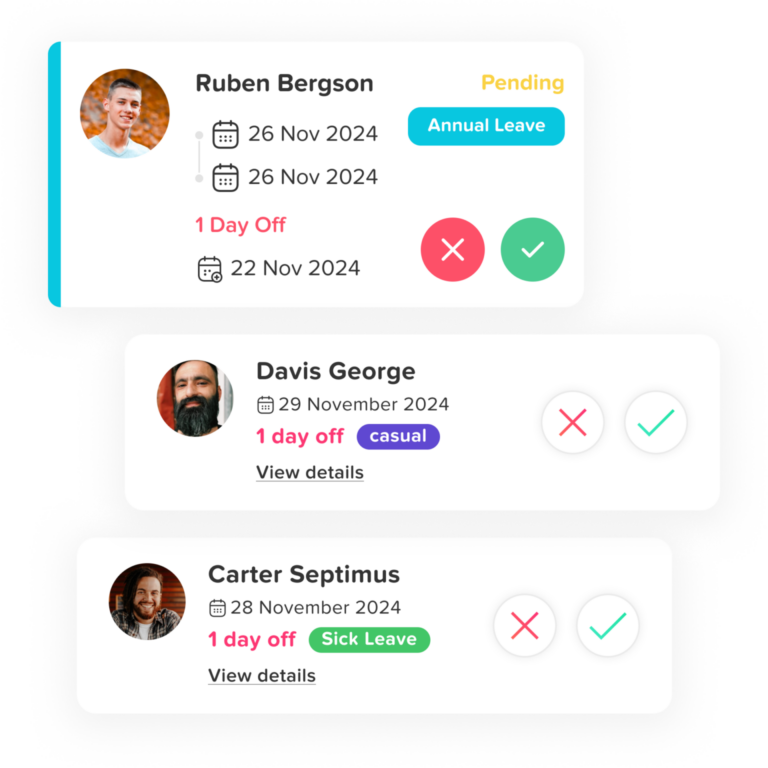Paternity leave refers to the time a father takes off from work after the birth, adoption, or surrogacy of a child. This leave is intended to allow fathers to support their partners, bond with their new child, and adjust to the demands of parenthood during the crucial early stages of a child’s life.
Historically, parental leave policies focused almost exclusively on mothers. However, as societies move toward greater gender equality, the importance of paternity leave is increasingly recognized. While not yet as widespread or standardized as maternity leave, paternity leave is gaining traction as an essential part of modern family life and workplace benefits.
🌍 Global Overview of Paternity Leave Durations
| Country | Paternity Leave Duration | Payment Details |
|---|---|---|
| Japan | Up to 30 weeks | Paid at 67% of salary through social insurance |
| South Korea | 17 weeks | Paid at 80% of salary |
| Sweden | 90 days (non-transferable) | Paid at 80% of salary |
| Estonia | 30 days | Fully paid at 100% |
| Lithuania | 30 days | Partially paid |
| Spain | 12 weeks | Fully paid |
| Finland | 9 weeks | Fully paid |
| France | 28 days | Paid at 80% of salary |
| Germany | No specific paternity leave | Offers shared parental leave options |
| United Kingdom | 2 weeks | Paid at a flat statutory rate |
| United States | No federal paternity leave | Some states and employers offer paid leave |
| Egypt | 3 days | Paid at 100% by employer |
Note: Policies are subject to change; please consult local regulations for the most current information.
Types of Paternity Leave
Father’s Leave can take several forms depending on the legal framework, employer policies, and individual family needs. Understanding the different types helps fathers make informed choices about their time off and how best to support their families.
1. Statutory Paternity Leave
This is the minimum leave entitlement provided under a country’s labor laws. It typically has specific eligibility conditions such as length of employment or marital status. While some countries offer only a few days, others (like Nordic nations) provide several weeks or months, often as part of broader parental leave policies.
2. Employer-Provided Paternity Leave
Some forward-thinking companies go beyond statutory minimums and offer generous paternity leave packages. These might include full pay, extended durations, and flexible arrangements like work-from-home options. Tech companies, financial institutions, and global enterprises are increasingly recognizing the importance of supporting new fathers.
3. Shared Parental Leave
Instead of distinct maternity or paternity leave, some countries offer a shared pool of leave that parents can divide between them. This approach gives families the flexibility to decide who takes time off and for how long, encouraging equal caregiving roles and improving family outcomes.
Why Paternity Leave Is Important
Paternity leave is more than just time off—it’s a crucial investment in family well-being and workplace equality. From strengthening family bonds to promoting healthier societies, its impact is far-reaching and deeply significant.
1. Strengthens Family Bonds
Taking time off work allows fathers to be present during one of the most formative times in a child’s life. From feeding and diaper changes to simply holding and soothing their baby, this early involvement is critical for emotional bonding. Research shows that children whose fathers are involved early on tend to perform better academically, socially, and emotionally. Fathers also report stronger lifelong connections with their children when they’ve had dedicated time together from the beginning.
2. Promotes Gender Equality
One of the biggest barriers to gender equality at work and home is the unequal distribution of caregiving responsibilities. When paternity leave is not available or taken, mothers are often forced to take extended time off, which can affect their career progression and financial independence. By offering and encouraging paternity leave, employers can help normalize shared responsibilities and reduce the societal expectation that women should bear the brunt of childcare duties. This shift creates a more balanced and equitable foundation for families.
3. Supports Maternal Health and Well-being
The postpartum period is physically and emotionally challenging for mothers. When fathers are present and involved, mothers receive essential support, whether it’s help with newborn care, household tasks, or emotional encouragement. Studies have shown that paternity leave can reduce the risk of postpartum depression, speed up maternal recovery, and create a more stable and nurturing home environment.
4. Enhances Employee Retention and Workplace Morale
Companies that offer meaningful paternity leave are often viewed as progressive and family-friendly. Employees who feel supported in balancing their personal and professional lives are more likely to remain loyal to their employer, reducing turnover and the high costs associated with rehiring and retraining. Additionally, offering paternity leave sends a clear message that the company values employee well-being, which boosts overall morale and workplace satisfaction.
Common Eligibility Criteria for Paternity Leave
Paternity leave is not always automatically granted. Eligibility typically depends on a few key factors:
Length of Service: Many organizations require employees to have completed a minimum period of employment—often several weeks or months—before qualifying.
Employment Type: Full-time, permanent employees are usually eligible. Part-time, temporary, or contract workers may not be covered under the same policy.
Relationship to the Child: Eligibility may extend beyond biological fathers to include adoptive parents and same-sex partners, depending on local laws and company policies.
Notice Period: Employees are often required to submit a written request for leave within a specified timeframe before the intended start date.
How to Request Paternity Leave Using Day Off
At our company, employees can conveniently apply for paternity leave through Day Off platform. Please follow the steps below to ensure your request is properly submitted and approved:
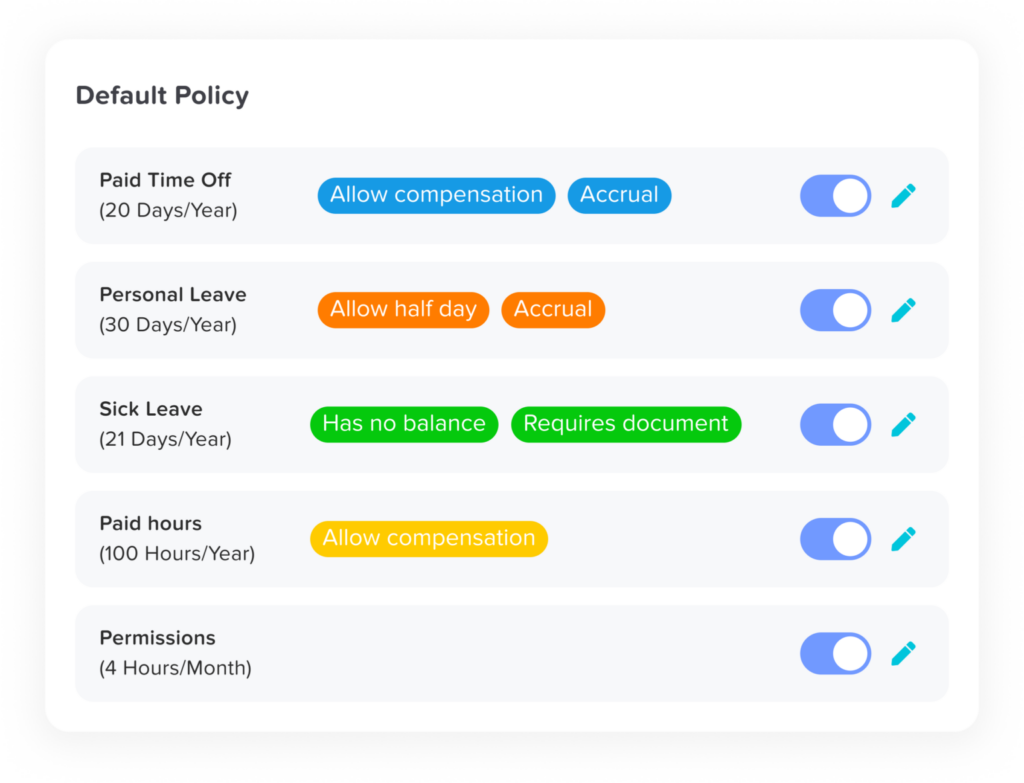
1. Log In to the HR Portal
Access the internal HR system and navigate to the “Day Off” section.
2. Initiate a Leave Request
Leave Type: Select Paternity Leave from the list of available leave types.
Leave Dates: Specify the start and end dates of your paternity leave.
Comments: You may include any relevant notes or context to support your request (optional).
3. Upload Required Documents
Attach any necessary supporting documents, such as a birth certificate or hospital admission letter, if applicable.
4. Submit for Approval
Once the request is complete, submit it for review. Your line manager and the HR team will process and confirm the approval.
Reminder: Please make sure to submit your request in accordance with the company’s notice period policy (e.g., 3 or 5 days in advance), to ensure smooth coordination and approval of your leave.
For any assistance or questions about paternity leave, feel free to contact the HR department.
Challenges and Barriers to Paternity Leave
Despite the growing recognition of fathers’ roles in early child care, several barriers still hinder access to or use of paternity leave:
1. Cultural Expectations and Stigma
In many societies, caregiving is still viewed primarily as a woman’s role. Fathers may face ridicule or discouragement from colleagues or superiors for taking leave, discouraging them from exercising their rights.
2. Financial Constraints
When Father’s Leave is unpaid or only partially paid, many families, especially those with limited income, may not afford the loss of earnings. This perpetuates gender roles and economic inequality.
3. Lack of Awareness
Many employees are unaware of their entitlements or the procedures for applying. Inadequate communication from employers or under-trained HR staff can further complicate the process.
4. Limited Organizational Support
Even with formal policies, workplace culture may subtly discourage taking leave due to concerns about productivity or coverage. Without strong leadership support, uptake remains low.
How Employers Can Promote Paternity Leave
Creating a family-friendly workplace starts with supporting new fathers as they transition into parenthood. By actively championing paternity leave, employers can foster a culture of care, loyalty, and equality that benefits both the workforce and the organization.
1. Establish Clear, Accessible Policies
Employers should develop well-defined Father’s Leave policies that are easily accessible and written in straightforward language. These policies should outline eligibility criteria, the duration and pay structure of the leave, how to apply, and any documentation required. Providing this information in employee handbooks, intranet portals, and onboarding materials ensures that all staff understand their rights without confusion or unnecessary hurdles.
2. Normalize Leave-Taking Through Leadership
When leaders and managers take paternity leave themselves or openly support those who do, it helps remove the stigma that men should avoid time away from work. Organizations should actively encourage male employees to take their full entitlement, reinforcing that caring for family is not only accepted but valued. This shift can redefine workplace culture, signaling that parenthood and professionalism go hand-in-hand.
3. Provide Paid Leave and Offer Flexible Arrangements
Going beyond statutory requirements by offering paid paternity leave demonstrates a company’s genuine commitment to employee well-being and family life. In addition, providing flexible work options—such as phased returns, reduced hours, or remote work—helps fathers ease back into their professional roles without compromising their family responsibilities. These benefits contribute to increased employee satisfaction and retention.
4. Train and Empower Managers and HR Teams
Managers and HR professionals are often the first point of contact for leave-related questions, making their role critical in ensuring a supportive experience. Provide training that emphasizes the importance of paternity leave, how to handle requests empathetically, and how to manage workflow adjustments during absences. When HR teams proactively educate staff about their leave options and handle requests respectfully, it builds trust and fosters a more inclusive environment.
Frequently Asked Questions About Paternity Leave
1. Can paternity leave be taken intermittently or does it have to be continuous?
This depends on the country’s labor laws and the employer’s internal policies. In some regions, like the UK and parts of Canada, Father’s Leave must be taken in one continuous block. However, in countries or companies that allow shared or flexible parental leave, fathers may be able to split their leave over time (e.g., two separate weeks or alternating workdays). It’s best to confirm with your HR department or legal advisor.
2. Is paternity leave available for adoptive or same-sex parents?
Yes, in many countries and progressive companies, paternity leave is available to adoptive parents and partners in same-sex relationships. The eligibility often depends on legal recognition of the parental relationship and national labor laws. For instance, in Canada and the UK, adoptive parents have access to shared parental leave, including paternity rights.
3. What happens if the child is born earlier or later than expected?
Most policies are flexible regarding the start date of paternity leave, allowing adjustments based on the actual birth date. Generally, fathers can choose to begin their leave on the day of the birth, within a few days, or on a pre-agreed date. Be sure to notify your employer of any changes as soon as possible to stay within compliance.
4. Do fathers need to provide proof of the child’s birth to take leave?
In many cases, yes. Employers may request documentation such as a birth certificate, adoption papers, or proof of the expected due date (e.g., a medical certificate) to approve Father’s Leave. Requirements vary by country and employer policy, so check in advance what documents are needed.
5. Can I be fired or penalized for taking paternity leave?
In most countries with labor protections, it is illegal for employers to terminate or discriminate against employees for taking legally entitled paternity leave. However, if you believe you’ve been treated unfairly due to taking leave, it’s advisable to seek legal counsel or contact a labor rights organization.
6. Is paternity leave taxed like regular income?
If the leave is paid, whether through government benefits or employer compensation, it is usually considered taxable income. The specific tax treatment depends on local laws. For example, statutory pay in the UK is taxed, as are parental benefits in Canada and Australia. Consult a tax advisor or government website for country-specific information.
7. Can paternity leave be extended or combined with vacation or sick days?
Yes, in many cases, Father’s Leave can be extended by using additional paid time off such as vacation, sick leave, or unpaid leave. This must be arranged with your employer and may require separate approval. Combining leave types can be a good way to maximize time at home during the early weeks of a child’s life.
8. What if my employer doesn’t offer paternity leave?
If there’s no statutory paternity leave in your country and your employer doesn’t offer it, you may still be entitled to other forms of leave—such as unpaid parental leave or time off under general family care provisions. Some fathers also negotiate personal arrangements directly with their employer. If no policy exists, advocating for one may benefit future employees as well.
9. How far in advance should I apply for paternity leave?
Most policies require advance notice—often between 4 to 8 weeks before the expected birth or adoption. This gives employers time to prepare and ensure a smooth transition. Be sure to provide your request in writing and confirm receipt to avoid any confusion.
10. Can self-employed or freelance workers take paternity leave?
In some countries, self-employed individuals are eligible for paternity or parental benefits through government programs, provided they contribute to a national insurance scheme or meet income thresholds. In other places, self-employed workers may have no legal entitlements but can plan their workload to accommodate time off. Check with local labor authorities for specific rules.
Conclusion
Paternity leave is no longer a luxury—it’s a vital part of a modern, inclusive approach to work and family life. As fathers take on more active caregiving roles, the importance of supportive, flexible, and equitable leave policies becomes undeniable. Whether through government mandates or forward-thinking employer initiatives, providing time off for new dads benefits not only families but also businesses and society as a whole. By embracing paternity leave, we invest in healthier children, stronger families, and a more balanced workforce. Now is the time for organizations and policymakers to step up and make paternity leave the norm, not the exception.


